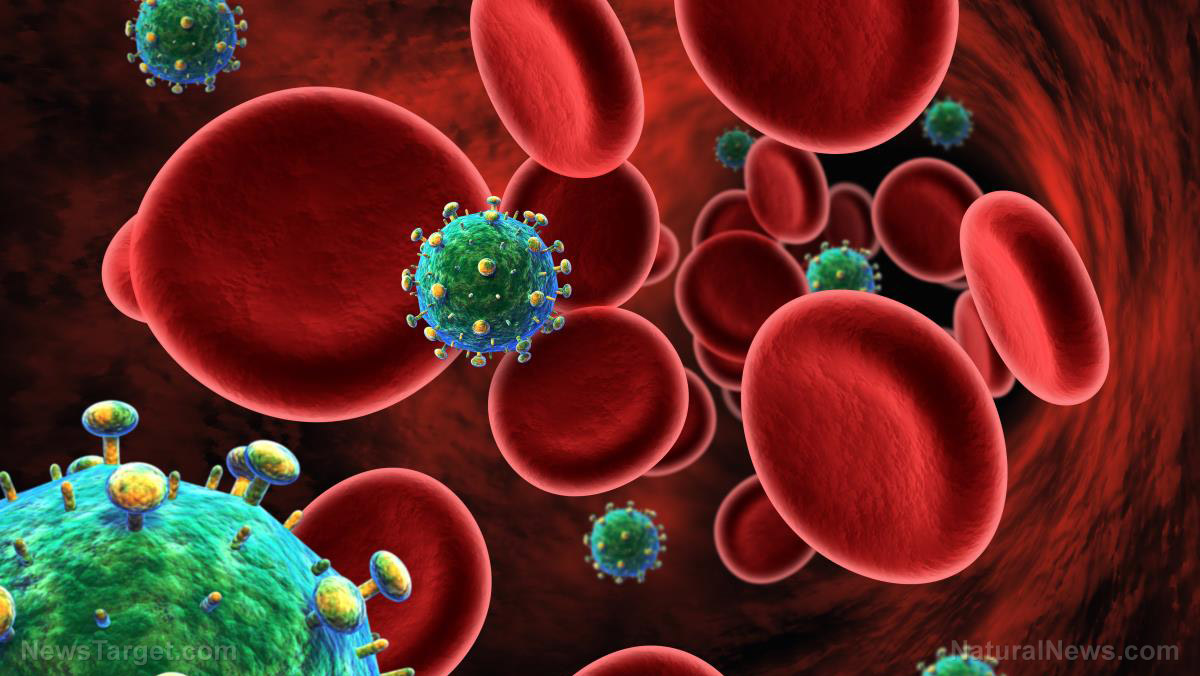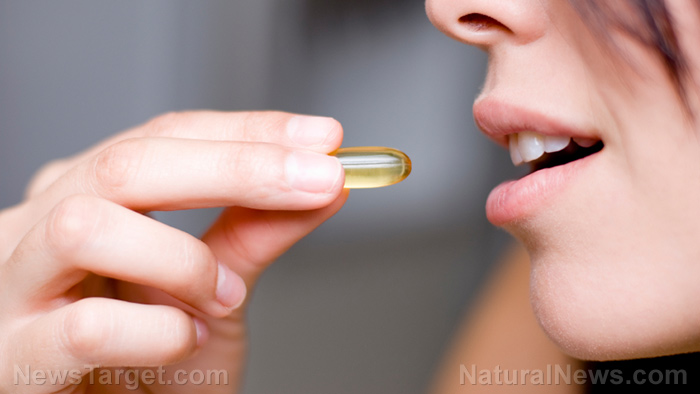100 shocking studies prove cannabis can help cure cancer
04/07/2017 / By Vicki Batts

It’s not a secret that cannabis prohibition in the United States is highly contested due to the plant’s myriad of uses in the treatment of a variety of diseases and conditions. Even the National Cancer Institute states that lab-created cannabinoid drugs — modeled after the real cure, the cannabis plant — have been approved for the treatment of cancer-related side effects in the US. Apparently, in the US, only lab-made products can hold medicinal value. This only underlines the obvious intentions behind Big Pharma’s lobbying against cannabis legalization: Keeping cannabis illegal allows them to create pharmaceuticals derived from the healing plant and make profits.
The cannabis plant contains many unique compounds, and clinical data shows that the synergy that occurs between this array of compounds makes the marijuana plant far more efficacious than any attempted replicas Big Pharma can drum up in a lab, such as synthetic THC. THC is one of the most recognizable marijuana compounds, and is often described as what gives the plant it’s psychoactive effects — but THC also provides therapeutic benefits.
The cannabis plant also contains a variety of other cannabinoids that can offer health benefits, such as cannabidiol (CBD), cannabinol (CBN), cannabichromene (CBC), cannabigerol (CBD) and tetrahydrocannabivarin (THCV). Unlike THC, these compounds do not provide psychoactive effects, but they do have medicinal value. And research shows that these compounds work together to create an even stronger therapeutic response than they can provide independently.

Studies on cannabis and its compounds
Natural Blaze recently reported on 100 studies that showed cannabis can cure a variety of different cancers. Some of the cancers that cannabis has been shown to treat include cancers of the brain, breast, uterus, prostate, pancreas, lung, liver, mouth and throat. Cannabis was also shown to treat skin cancer and leukemia. This, of course, is just the tip of the iceberg: There are thousands of studies out there on the cannabis plant and its healing compounds.
For example, there are over 1,000 published studies on the CBD compound alone. CBD oil and CBD-rich marijuana strains have been used medicinally for a number of different conditions, including cancer, childhood seizure disorders and more. CBN has been shown to help delay the progression of the symptoms of ALS (also known as Lou Gehrig’s disease), reduce pain and promote sleep.
While CBC has not been the subject of much research, preliminary findings suggest that it has significant pain-relieving and anti-inflammatory properties. CBG also has not been studied very much, but initial findings have indicated that it, along with other cannabis compounds, could be pertinent in a number of pharmacological uses, including central nervous system disorders like epilepsy. There is limited data on THCV as well, but studies have found that it too has anti-convulsant and anti-epileptic properties, as well as a capacity to reduce pain and inflammation.
Cannabis beats out Big Pharma’s synthetics
Some might say that isolating marijuana’s compounds is akin to “not seeing the forest for the trees,” in that it is a failure to recognize that the whole plant is beneficial and not just parts of it. You would not say that only lycopene is good for you and the rest of the tomato should not be consumed, now would you? While it is clear that the compounds of cannabis are each capable of their own, independent health benefits, evidence indicates that these compounds tend to work better together than apart.
For example, a team of Israeli researchers compared a whole plant-derived CBD extract to a single-molecule CBD extract that is often promoted as “superior” to the “crude” whole plant extracts. The team found that the single-molecule CBD had a very narrow window of efficacy and a bell-shaped curve of dose response, meaning that once the amount of CBD reached a certain point, its efficacy declined dramatically. This is not a desirable trait and reduces its clinical value substantially.
Conversely, the whole plant extract exhibited a dose-dependent response, meaning that pain-relief continued to escalate along with dosage. The researchers stated that the plant extract was “ideal for clinical uses” due to its continued efficacy with higher doses. The researchers also stated, “The therapeutic synergy observed with plant extracts results in the requirement for a lower amount of active components, with consequent reduced adverse effects.” The cannabis plant was also found to be more effective at pain relief than aspirin.
So not only does research continue to demonstrate that cannabis and its compounds can cure cancer and treat other diseases, research also shows that the real cannabis plant is more effective than lab-created synthetic pharmaceutical versions.
Sources:
Submit a correction >>
Tagged Under:
cancer cures, cannabis cures, medical marijuana
This article may contain statements that reflect the opinion of the author




















